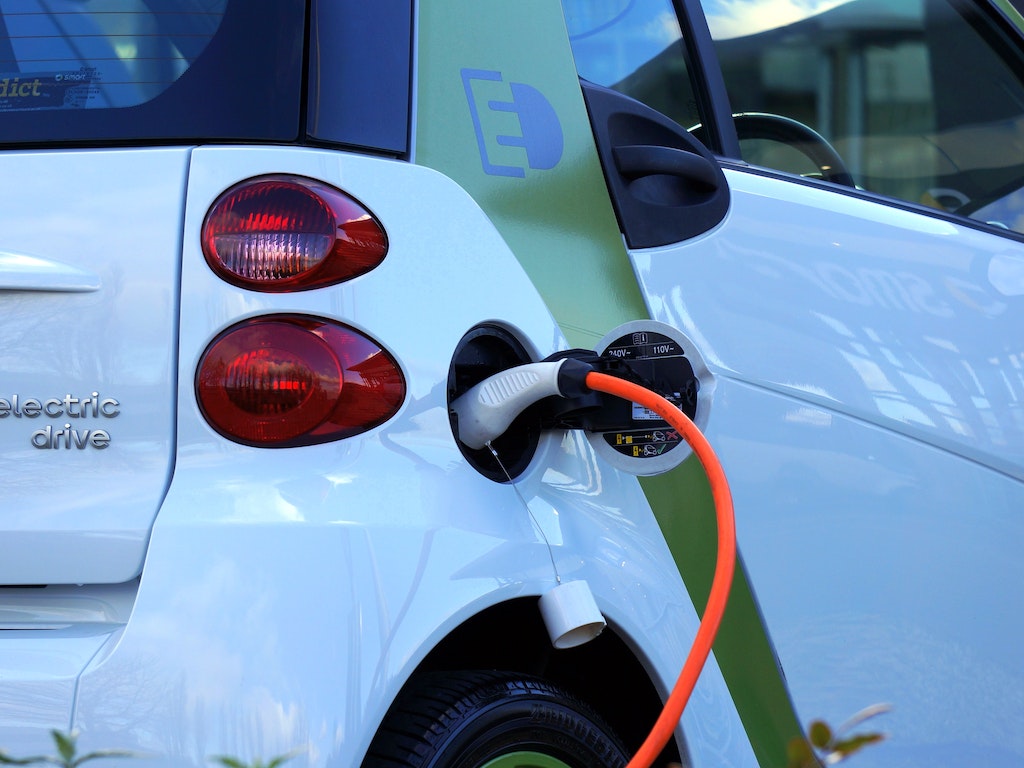
Electric cars are fantastic for many reasons, but if you’ve ever had the pleasure of driving one, you’ll know that they require a lot of attention to keep them running at peak performance. The good news is that electric cars require more of the same maintenance as gasoline-powered vehicles. There’s nothing out there that you need to learn from scratch! Let’s dive in and understand how to maintain your electric car.
Battery Care
EV batteries don’t require much maintenance, but drivers can do a few things to get the most out of their batteries.
1) Avoid extreme temperatures.
Extreme temperatures can affect car batteries, causing them to die out sooner than expected. Automakers have adapted by fitting electric vehicles with auxiliary heaters and coolers to counteract the effects of extremely hot or cold weather.
2) Avoid fast charging all the time.
Fast chargers may recharge your battery pack more quickly, but they also reduce the lifespan of your battery.
3) Avoid fully charging the battery
When you charge your battery to the max, it wears down faster. Most car manufacturers recommend charging an electric vehicle to an 80- or 90-percent level.
EV Maintenance vs. Gas-Powered Cars
Electric vehicles must be cooled regularly like their gas-powered counterparts to prevent overheating. Some vehicles use air to cool their powertrains, while others rely on some coolant or refrigerant.
1) Check the cooling system and windshield wiper fluid.
To keep your electric vehicle running smoothly, you may need to flush or recharge the coolant periodically. You’ll also need to replace your windshield washer fluid regularly and your windshield wipers.
2) Check your brake fluid and pads regularly.
Both electric and gasoline-powered vehicles use brake fluid to modulate their binders. Flushing and replacing this fluid at regular intervals is necessary for both types of cars.
3) Check your tires.
You’ll need to replace your electric car tires more frequently than gas-powered ones. That’s because the batteries and motor add weight to the car, increasing wear and tear on tires.







